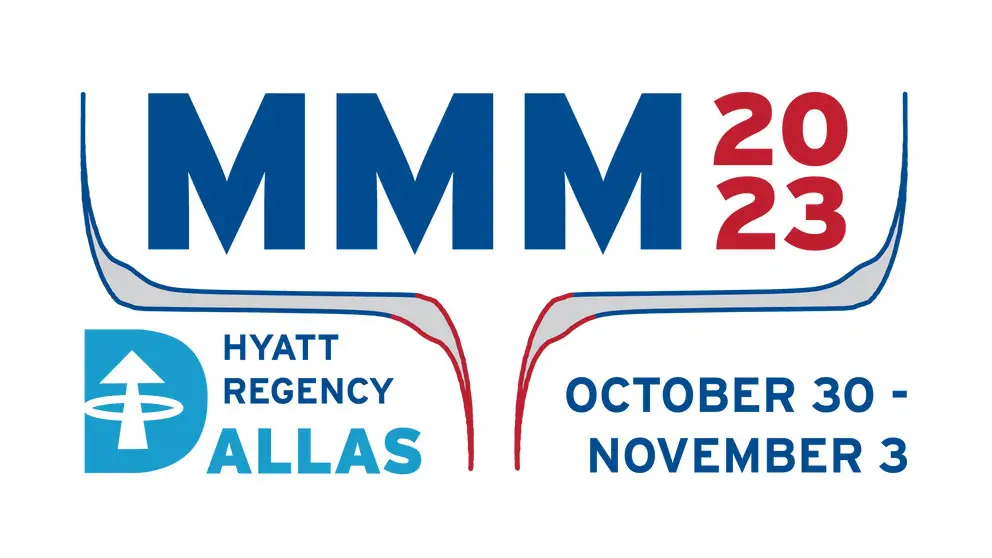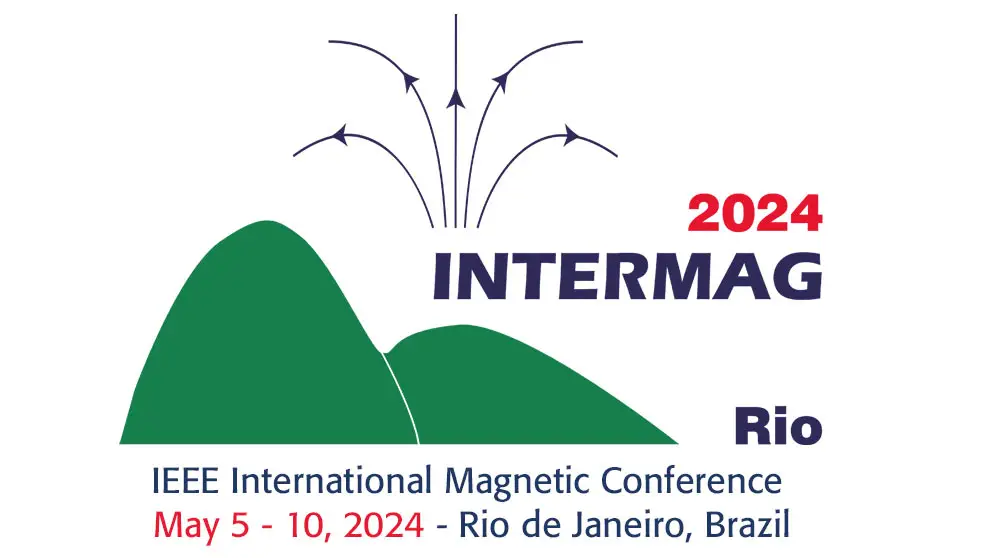AR-04: Harmonic mesurement in FFP of Gd3+ -doped MnFe2O4 Nanoparticles for MPI Applications
Takeshi Sakamoto, Kazune Nii, Yohei Fujita, Tomomasa Moriwaki, Hiroki Amano, Ryota Abe, Yuko Ichiyanagi
Poster In-Person
01 Nov 2023
Superparamagnetic nanoparticles with high magnetization and low coercivity are expected for the applications in the biomedical field [1]. Magnetic particle imaging (MPI) is one of the new ideas for diagnostic method, which directly visualizes the magnetic response [2]. In this study, DC magnetic field was applied as the gradient magnetic field and field-free point (FFP) was provided as the measurement point. The behavior of the harmonic response of magnetic nanoparticles under an AC magnetic field was observed. Gd-doped Mn-ferrite nanoparticles were prepared by our original wet-mixing method. Particle size d was controlled by varying the annealing temperature (d = 10, 14, 17, 21 nm), and the Gd doping amount was unified to 6.5%, which was found to respond particularly well to AC magnetic fields in previous studies. Magnetization measurements were performed on particle of various sizes. The coercivity(Hc) of the 10 nm and 14 nm particles was found to be small, while the initial permeability(μ) was large for the 14 nm and 17 nm particles. Based on the magnetic properties of the prepared samples, harmonic measurements under AC magnetic field were performed. As a result, the largest response was observed for the 14 nm particle. The 14 nm particles had the lowest coercivity, could follow external magnetic fields quickly, and would have the largest change in magnetization in the low-field region, resulting in the largest harmonic response and making them ideal properties for MPI applications. Furthermore, for practical applications, we have succeeded in creating FFP in a gradient magnetic field by placing two coils facing each other and applying DC current in opposite directions. The DC and AC coils were set in orthogonal orientations, and the third harmonic was measured while scanning them in horizontal coordinates(Fig.1). As a result, the harmonic response was maximum at the horizontal coordinate X = 0, the midpoint of the DC coil (Fig.2).References: [1] A. Oshima, Y. Ichiyanagi et al., J. Nanosci. Nanotechnol., 20, 7255-7262, (2020) [2] J. Borgert et al., J. Cardiovasc. Comput., 149-153 (2005)


